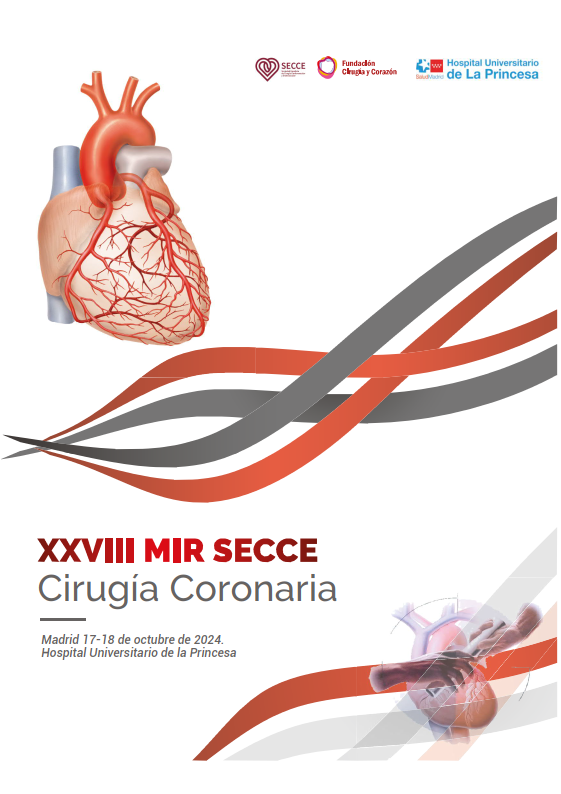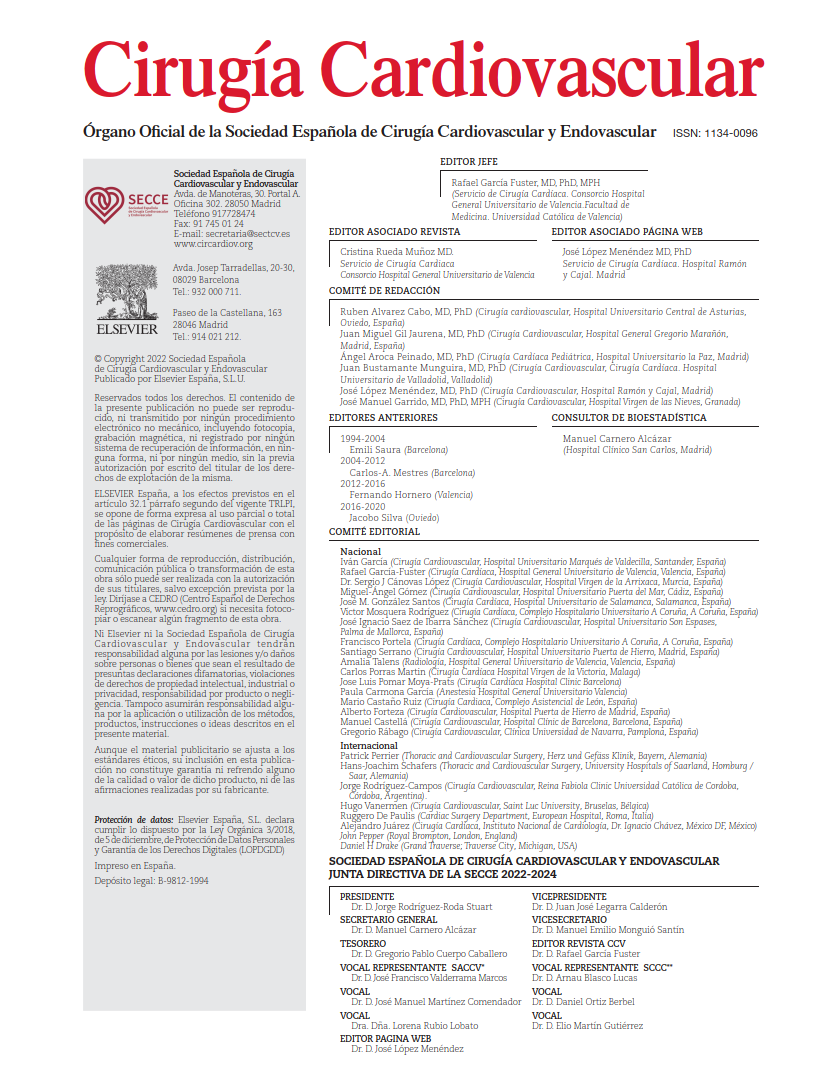Aortic root remodeling surgery was developed to treat patients with aortic regurgitation (AR) in the context of aortic root dilation. The rationale was that reducing and normalizing the aortic root size would resolve AR and restore normal valve function. However, long-term outcomes revealed that this is not consistently achieved, as AR tends to recur. This suggests that the mechanism underlying AR is not exclusively related to root dilation and that other factors may contribute to recurrence.
Clinical observations suggest that cusp prolapse may coexist with aortic root dilation. Correcting this prolapse by shortening the free margin was associated with midterm durability of the valve. Initially, this was done visually, ensuring all free margins were at the same height. However, subsequent analyses of failed aortic valve repairs revealed abnormally low height differences between cusp free margins and the basal annular plane (effective height). This height emerged as a key indicator of aortic valve configuration. Another crucial factor is cusp size, known as geometric height. Ultimately, it became evident that successful and durable aortic root remodeling requires proper anatomical proportions among all components of the aortic root.
This meta-analysis was conducted through electronic searches of studies published in English on aortic root surgery preserving the tricuspid aortic valve. Inclusion criteria were studies with more than 15 patients, sourced from databases such as PubMed, Embase, and Google Scholar. Ultimately, 16 publications spanning from 1979 to 2021 were analyzed. These studies assessed patient selection, surgical techniques, survival rates, and functional outcomes of the aortic valve.
The analyzed series were highly heterogeneous. Most studies included root aneurysm as the primary indication for surgery, while three series focused on aortic repair in the context of acute type A dissection. Most patients exhibited varying degrees of preoperative AR, albeit without standardized quantification. The mean age was 52 years, and connective tissue disease was present in 22% of patients. The majority of the series comprised individuals with no or limited comorbidities. Only one study incorporated qualitative and quantitative indicators of valve configuration. The primary surgical technique was root remodeling, with most series not including annuloplasty. Intraoperative measurement of effective height using a specific caliper was reported in only five series.
Hospital and 30-day mortality rates ranged from 0% to 4.6%. For type A dissection cases, mortality ranged between 5.6% and 16%. The mean survival rate at 5 years was 93%, and at 10 years, 86%. The authors concluded that larger series demonstrated the absence of late reintervention and AR. Root remodeling can yield excellent valve durability if quantitative intraoperative assessment of valve configuration is performed. This durability appears even more pronounced with the addition of annuloplasty, though this effect remains to be definitively established. Long-term results for root remodeling were favorable, extending into the second postoperative decade, establishing it as a valid technique for root replacement preserving the tricuspid aortic valve.
COMMENTARY:
Initially, aortic root remodeling surgery did not account for simultaneous aortic valve repair, as normal valve function or the absence of repair requirements was assumed. However, over time and with patient follow-up, a significant percentage of postoperative AR cases emerged, raising doubts about the technique’s value.
The reasons for the failure of root remodeling were unclear, with hypotheses ranging from annular instability to cusp prolapse. This study emphasizes the importance of cusp prolapse as a critical factor in remodeling failure. Literature reviews cited in the study made it impossible to determine the frequency at which cusp prolapse was overlooked. The authors focused on cusp observations during root remodeling procedures, underscoring the importance of effective height in valve configuration. By using a specific caliper, they detected and repaired cusp prolapse more reliably. Using this approach, they identified prolapse in over 80% of valve-preserving root replacements and preserved up to 90% of valves in the context of aortic root aneurysms.
The authors opted for the Yacoub technique for aortic root remodeling. In all cases, they included annuloplasty as a complement, given that annular dilation could increase effective height, thereby reducing coaptation height and resulting in AR. In the study, annuloplasty was performed using polytetrafluoroethylene sutures, resulting in lower residual regurgitation during short- and long-term follow-ups.
Another critical aspect of aortic valve functionality is cusp integrity, with prolapse being the most commonly associated lesion. A visual assessment is required to compare the height of the three free cusp margins, which should align at the same level. Additionally, quantitative evaluation is necessary, measuring the effective height of each cusp. Effective height must be assessed after normalizing intercommissural distance, which occurs post-remodeling. Normal effective height values range between 9 and 10 millimeters. Prolapse can be corrected by shortening the free margin with polypropylene sutures, applying plication at the level of the nodules of Arancio.
As demonstrated, aortic root remodeling surgery is a highly valid procedure for preserving the aortic valve in cases of root aneurysm or even Stanford type A dissection. Furthermore, it is associated with durable aortic valve functionality when intraoperative quantitative cusp measurements are performed, carefully analyzing valve configuration. Similarly, annuloplasty appears to improve long-term valvular competence.
All these findings suggest that aortic root remodeling surgery is a safe technique, and long-term outcomes must continue to be analyzed to confirm the evidence presented in this article.
REFERENCE:
Claus I, Giebels C, Ehrlich T, Schäfers HJ. Aortic Root Remodeling in the Tricuspid Aortic Valve. Ann Thorac Surg. 2024 Nov;118(5):1005-1015. doi: 10.1016/j.athoracsur.2024.07.010.



